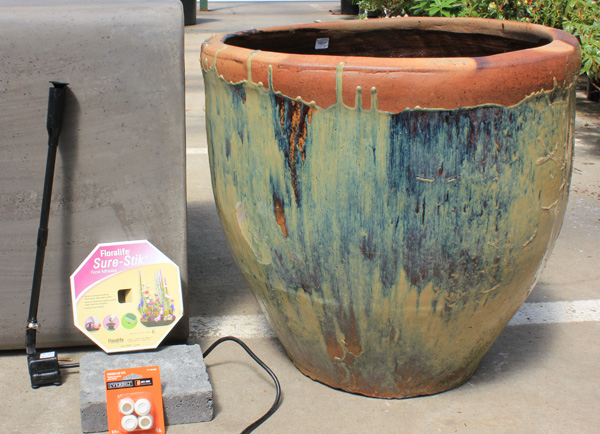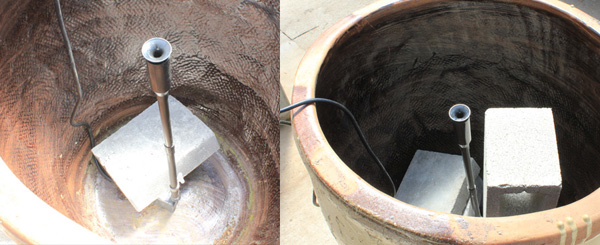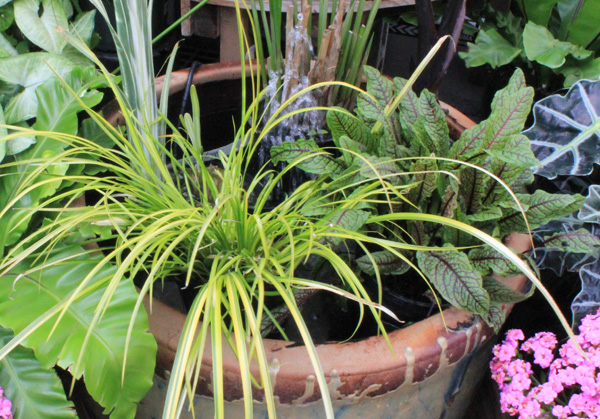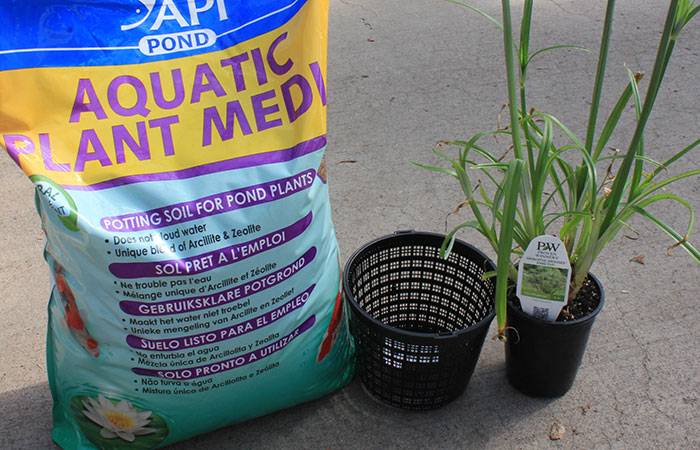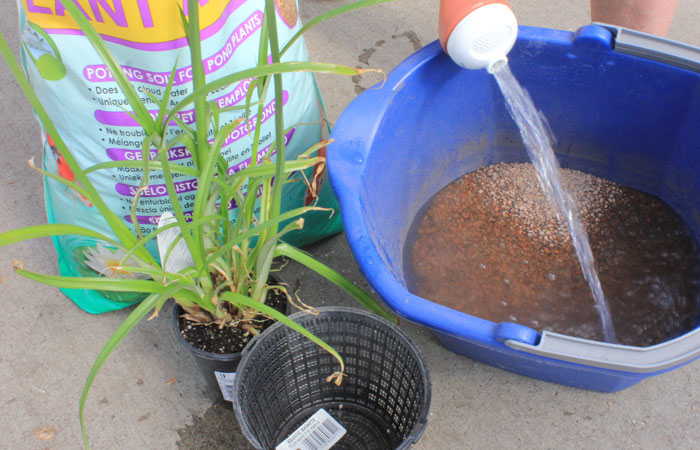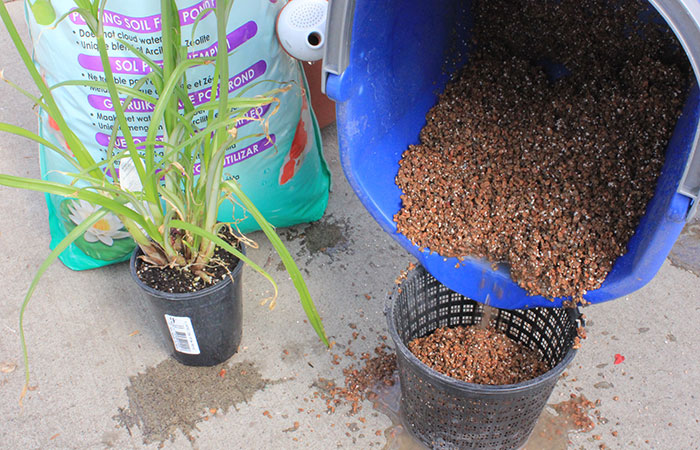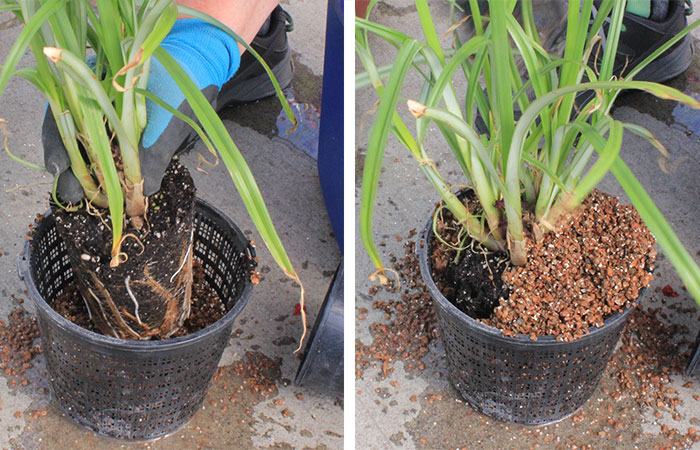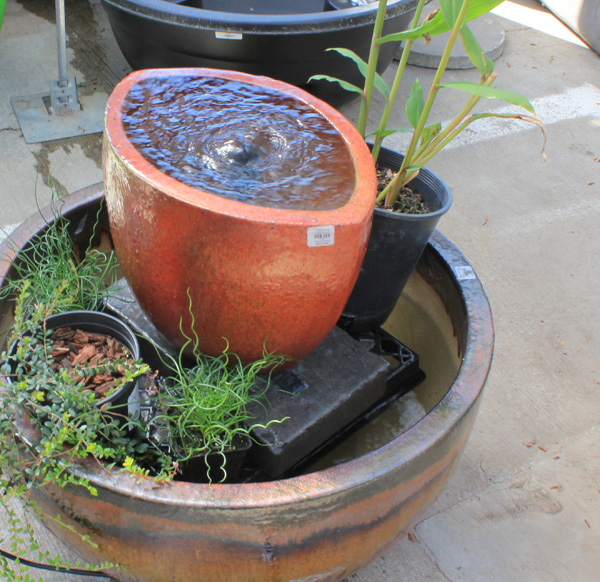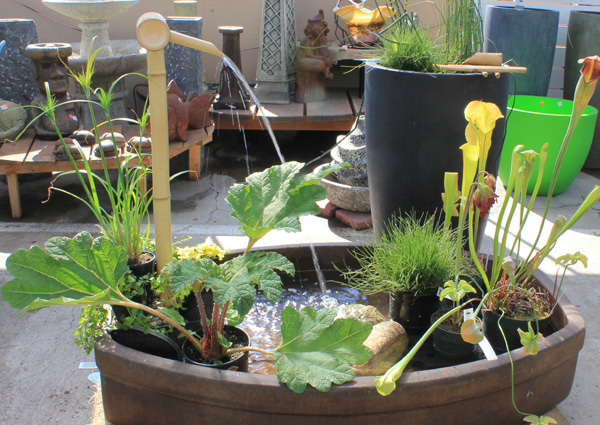Create a Water Bowl Garden
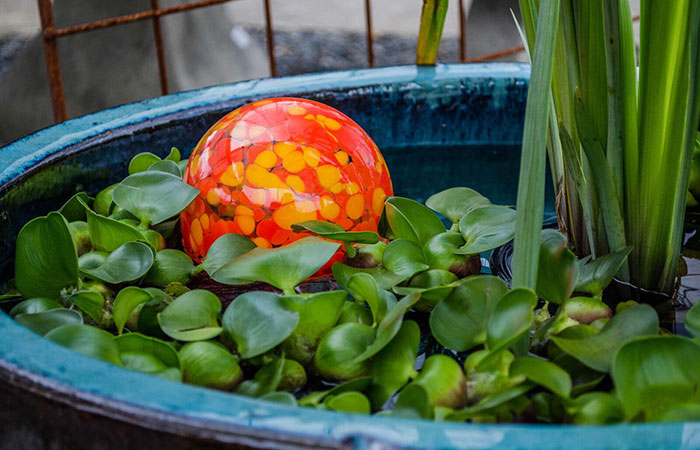
By Gretchen Brevoort
It begins with water
Perhaps it started because I grew up near a river, or maybe because the ocean has always been so close to my home. Regardless, playing with water and plants feels close to my heart. I remember swimming as a child, and being intrigued by the plants whose roots hung down to drink up the river. I remember the small islands of rocks where moss and grasses lived, dry in the summer and under water in the winter. The water felt like home.
I can recreate these fond memories with water bowl gardens. I love bringing together rocks, water (still or dynamic), and plants that are most at home when floating around in the wet.
I’d love to share with you the delight and ease with which you can also recreate this symbiosis between water and plants.
Building your water bowl garden
Any vessel that pleases you can be turned into a water bowl garden. The first challenge is to make sure that it will hold water. This of course can be accomplished using an actual water bowl or preformed liner.
Still water can be beautiful, especially if you use an attractive vessel like the one pictured above. However, incorporating a pump allows you to add the relaxing sound of running water.
If your container has a drain hole, you just need to find a way to seal it. The caps that are made for chair leg protection work great!
Most fountain manufacturers allow you to purchase components separately, so you can also reconfigure a fountain basin for your water garden!

Now for the plants!
You’ve chosen your container, it holds water, and your pump and water feature are in place. Now it’s time for plants!
As with any plant selection, make sure you choose plants that will be happy in the location you’ve identified for your water bowl garden. Consider the amount of space and sunlight your garden will have.
Again, it can be as simple or as complex as you want it to be. A single water lily and glass float as pictured above makes a simple and elegant garden. Or you can choose as many plants as you like from a plethora of options. Water plants range from marginal (just our toes in the water please), to those that prefer their roots fully submerged.
Take a look at list of plants that will like living in or near water to start planning your water garden. We carry many of these plants in our pond area, and some may be in our annual or perennial departments. If you are looking for a specific plant talk to a Sky employee.
When you purchase water plants, you will notice that they are in standard plastic containers. It’s okay to simply place them in your water garden this way. However, if you want the plants to get larger and develop a more lush habit, re-potting them in perforated containers is recommended.
The small holes in these perforated containers will allow water to move freely through the roots and provide room for them to extend out of their containers. Most water plants want to be planted in an aquatic potting medium or pea gravel. The only exception would be water lilies or lotus, which prefer living in more of a glacial clay/mud mix. Once you’re done re-potting, add some fertilizer – typically in tablets that can be inserted into the planting medium – and place your plants!
For a Two Tier Fountain
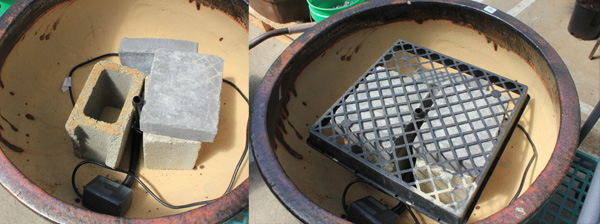
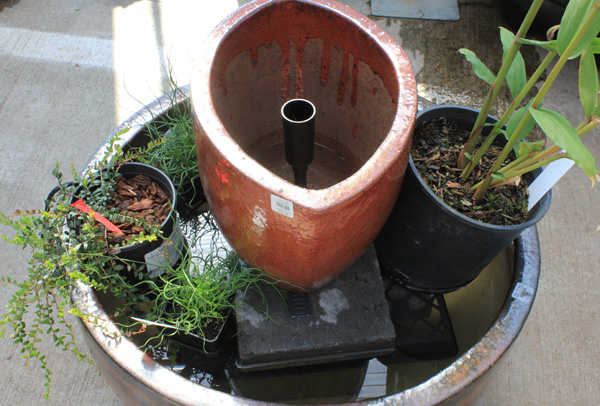
Tips and tricks
I’ve found that using concrete blocks, bricks and empty plastic plant containers works great for creating levels in your new garden. Stack them as necessary to give your plants their preferred water levels.
Don’t forget that whether you have still or moving water in your garden, it will be necessary to treat the water for mosquitoes. We recommend using Bacillus thuringiensis (Bt) tabs or dunks on a regular basis. Bt is a naturally occurring bacterium that inhibits the growth of larvae.
Sky Nursery has a large selection of everything you need to create an amazing water bowl garden. We look forward to helping you build your ideal watery oasis.

